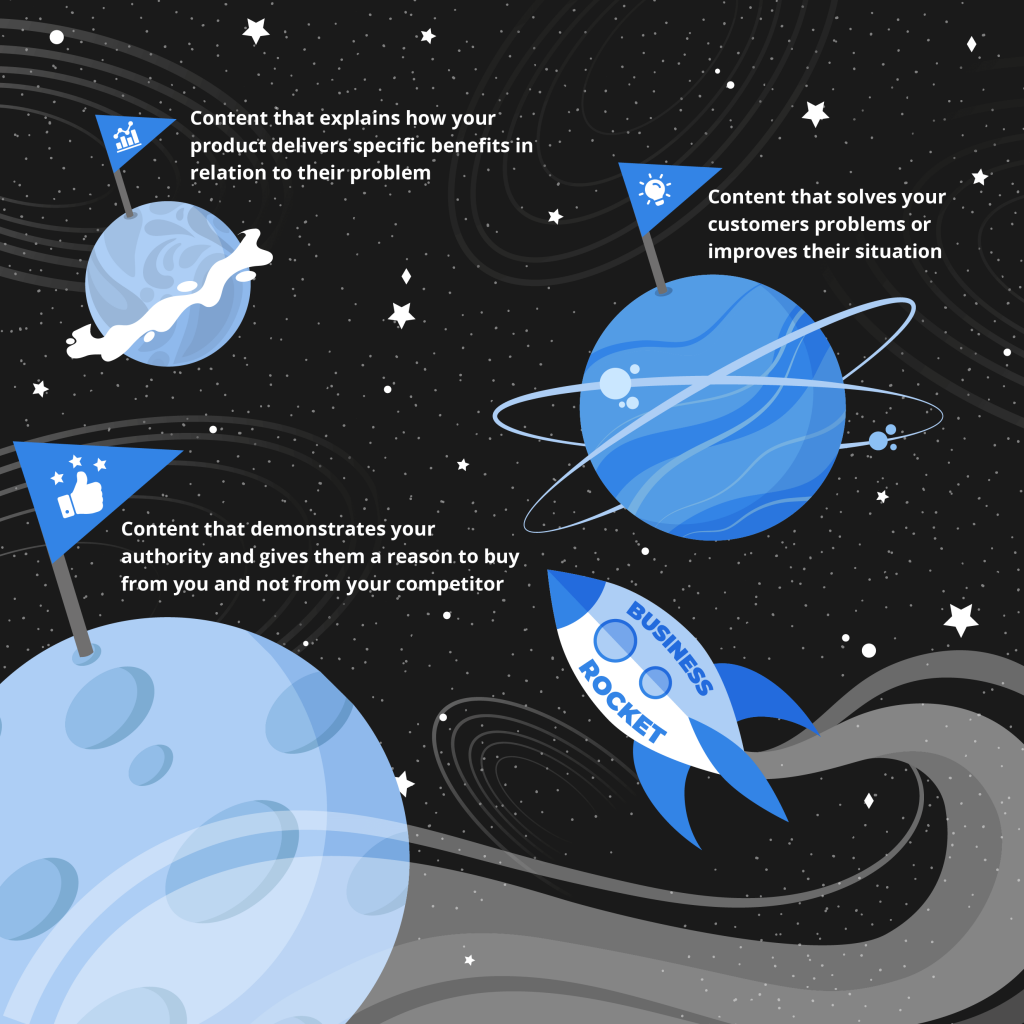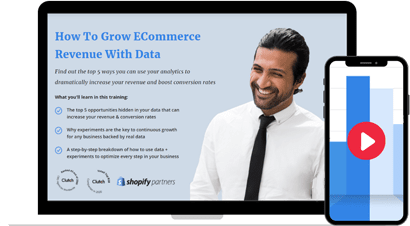a 4-minute read | Editor’s Note: This post was originally published in November 2018 and has been updated in September 2020 for accuracy and comprehensiveness.
The importance of creating long-lasting relationships with leads cannot be underestimated. Having a deeper connection with a lead from the start will make repeat business more likely, give you a better chance of referrals and recommendations later on. In the end, lead nurturing means you’ll have to put less time, effort, and resources into lead generation later on.
Of course, if it was easy, everyone would be doing it. Nonetheless, there is a winning formula to make sure the relationships you make with leads will last longer and can help turn even the most unresponsive of leads into profitable customers. It boils down to five simple steps – but first, you need to lay the groundwork.
Make sure you truly understand your target market. Use this detailed information to then create buyer personas that reflect your ideal customer; if you need help with this, our buyer persona template can help you get started. With this key data laying the foundations, you’re ready to embark on the five-step formula for creating long-lasting relationships. Here it is:
- Capture emails
- Connect regularly to build and develop the relationship
- Add tons of value before asking for anything in return
- Repeat step three as much as possible
- Sell something great
So where do you start? Let’s break it down.
Step 1 | Capture emails
Capturing email is an important first step often overlooked by most businesses. Why?
Here’s are the top three reasons why:
- They don’t know how to capture emails
- They don’t know what to offer in exchange for emails
- They don’t know what to do with the emails once they have them
Building your email database is critical for the long-term profitability and ROI of your marketing campaigns. It allows you to re-engage with visitors long after they have left your website. A strong lead-nurturing campaign is only good when you have the contact details of those leads in the first place.
Remember, nobody just wants to give you their email address. That’s why starting with an analysis of your buyers will give you relevant and valuable ideas to create an attractive value proposition for your signup forms.
Step 2 | Connect regularly to build and develop the relationship
If you have a lead’s email address, it’s for a reason. They found some value in the product or service you provide and wanted to know more. Just because they aren’t hot, wallet-out, ready-to-buy today, that doesn’t mean you can’t maintain that relationship until they are. It’s all about lead nurturing.
Staying connected through email, social media, and paid ads are critical for building authority, gaining trust with your prospects, and keeping your company at the front of their mind whenever it comes to your niche. Keep up regular but not constant contact, even with unresponsive leads. Over time, you’ll be improving your brand image continually.
Remember, selling is about building relationships. It’s something you will need to earn – but once you do, it pays off.
Step 3 | Add a ton of value before asking for anything in return

In order to create value for your audience, you’ll need a deep understanding of who they are, and the deep dark problems they’re really trying to solve. This is where your buyer personas come into play. Know your ideal customer, then create valuable content that is relevant to them.
People often search surface-level information online – but actually have a deeper problem they’re trying to solve. For example, someone searching for information on how to build a blog would probably also be interested in information on how to write engaging content, how to make money blogging, or how to build a community online.
By understanding all of the permutations of your customers’ interests, you can create a constant stream of content that engages your audience and demonstrates your value. Whether you’re trying to educate or entertain, here are three types of content you absolutely need in the mix:
- Content that solves your customers’ problems or improves their situation
- Content that explains how your product delivers specific benefits in relation to their problem
- Content that demonstrates your authority and gives them a reason to buy from you and not from your competition
Remember, it doesn’t matter how targeted, personalized, or sales-ready your content is. If it doesn’t create value for your customers, it’s meaningless.
Step 4 | Repeat step three as much as possible
The best way to sell something is to avoid it at first. You need to let people know you first, earn their trust, and then you might try to sell to them.
The length of time you’ll need to build trust with leads depends on your product: the cost and the level of impact it has on their business (if B2B) or life (if B2C).
For example, selling a $1M piece of software that will impact how 500 people operate within an organization, is a lot different than selling a $50 pair of sneakers to someone who already has 50 pairs. It may not be a perfect equation, but you can think of it as:
Length of relationship necessarily = Cost of product X Impact on life
Step 5 | Sell something great
Your customers aren’t just buying the product or service you offer. They’re also buying the experience and customer service you provide.
Pay attention to detail. It’s the little things people remember and talk about. You don’t need to make any dramatic gestures; just think about how’d like to be treated if you were in your customer’s shoes. It’s this type of attention that takes your business from being good to being exceptional.
Some Final Thoughts
Once you’ve got these five steps down, you’ll have a lead-nurturing flow that will see your sales thriving. It’s well worth investing your time and resources now, for more engaged and loyal customers later on. A lead with a long-standing relationship with you will likely be more profitable than constantly gathering new ones.
Create genuine value for your leads and genuine relationships will follow. Consumers can definitely tell the difference between content created for the sake of it, and content that actually helps them. Make sure you fall in the latter and your business will be on the right track for success.
If you need any help getting started with these steps, don’t hesitate to get in touch. We are always ready to assist in building you a winning campaign and offering advice at any stage.



